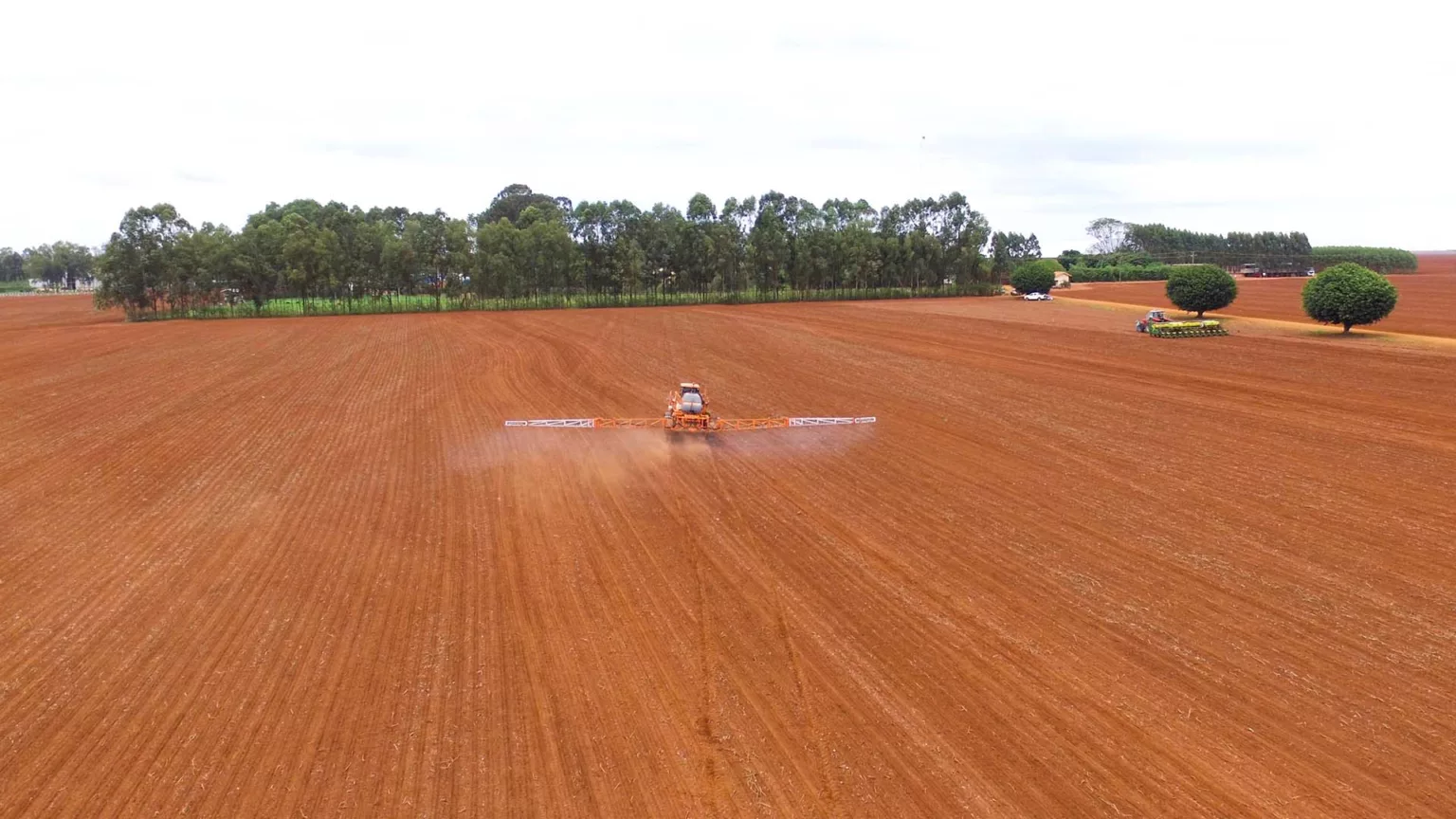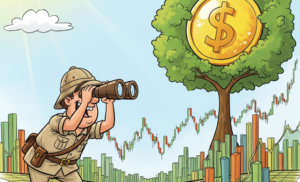Brazilian farmers are buying pesticides at the slowest pace in five years, as a credit crunch and squeezed profit margins curb their ability to finance crop protection products. The slowdown is putting pressure on agribusiness retailers and suppliers that rely on early-season orders to manage cash flow and inventories.
“This is the most delayed pesticide season of the past five years,” said Eron Martins, chief executive officer of Agrogalaxy, one of Brazil’s largest farm input retailers. “Farmers are being extremely cautious when securing their pesticide packages,” he told investors during a conference call on Monday.
The cautious tone reflects a broader shift in sentiment across Brazil’s agricultural heartland. According to Agrinvest consultancy, soybean growers had purchased 79% of their pesticide needs for the 2025/26 crop as of October 12 — below the 88% average of the previous four seasons.
The delay in pesticide purchases echoes another key metric of farmer behavior: forward soybean sales. Data from Imea, the Mato Grosso Institute of Agricultural Economics, show that only 31% of the 2025/26 crop has been sold so far in Mato Grosso, the country’s top producing state. That compares with a five-year average of 40% at this point in the season.
Many growers are opting for a “hand-to-mouth” approach, buying smaller volumes and delaying major commitments.
Martins, from Agrogalaxy, noted that some farmers who secured inputs through barter deals purchased enough for just one and a half pesticide applications, rather than the usual three or four.
“They’ll only come back to the market if rainfall drives pest outbreaks,” he said. “That means they’ll buy reactively.”
Lower Inventories
For retailers, these last-minute purchases can deliver higher margins but also create volatility. With credit tight and inventories costly to finance, distributors are running leaner operations.
Agrogalaxy, which recently filed for judicial recovery, has cut its pesticide inventories to just 15% to 20% of the expected demand, down from about 35% before its financial troubles.
“It’s a lean level, partly due to the restructuring, but also a healthier one from a cash standpoint,” Martins said.
Soybean and corn growers continue to face single-digit profit margins, squeezed by high input costs and weak grain prices. The tighter financial conditions have cascaded through the farm supply chain, slowing demand for fertilizers and pesticides and forcing companies to adopt more conservative inventory strategies.
Still, some distributors hope that any surge in pest pressure — or a rebound in soybean prices — could prompt a short-term sales boost later in the season. For now, the sector remains in wait-and-see mode, with liquidity constraints setting the tone for Brazil’s 2025/26 crop year.


